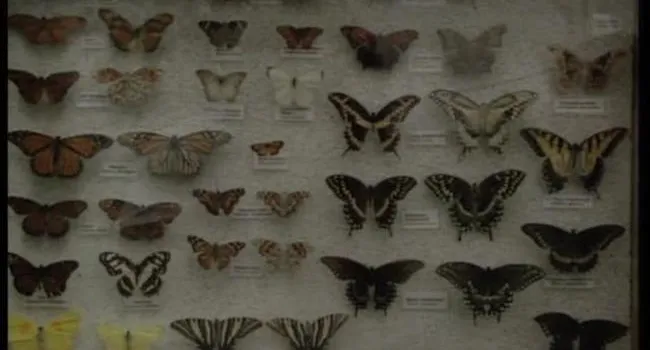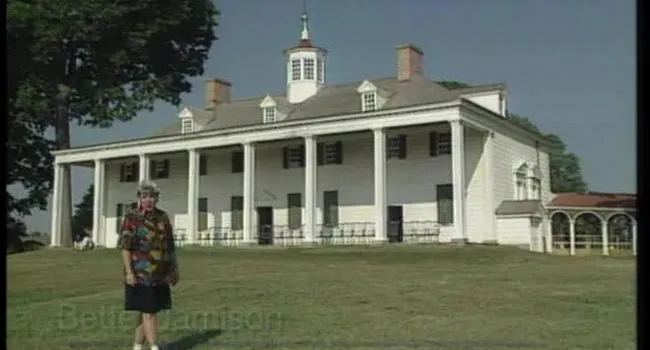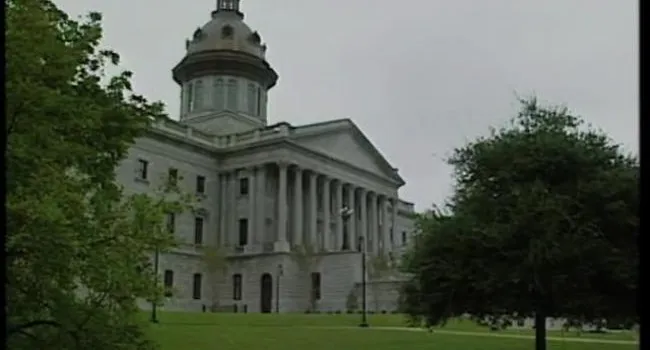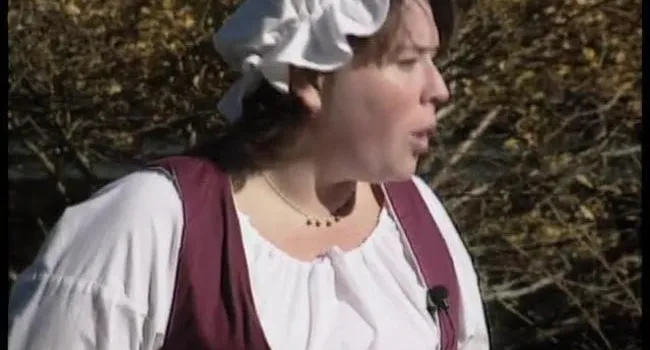Charleston, South Carolina, is a city rich in African American culture. Sullivan’s Island, once an entry port from Africa for the slave trade, was considered the gateway to the United States. The transatlantic voyage was difficult for the captured Africans, who, at the time, were considered commodities for their labor on the plantations and their specialized skills.
Ships carrying slaves were quarantined to prevent the spread of disease. The Africans were housed in lazarettos for 10 days prior to a sale. The new arrival of slaves was advertised in papers. A marker is located on the island to indicate the importance of what happened there.
Some buildings in downtown Charleston were used specifically to auction and broker slaves. Ryan’s Mart was one of these locations. Conditions in the auction houses were not pleasant. Slaves were purchased and taken to nearby plantations or sent to other states. Other slaves stayed in the city if they had a valuable craft, such as blacksmithing or basketry.
The Aiken-Thread House was an urban plantation. From 1830 to 1850, 18 to 24 slaves worked in the house and on the house grounds. One hundred additional slaves worked in the city or on different properties. These workers consisted primarily of coopers or brick masons. Slave quarters at the Aiken-Thread House were private and well cared for. Paint was found in the rooms, which would have been very expensive at the time. In the city, more freedoms were given to slaves so they could run errands and visit family. When they left the property, they carried papers distinguishing them as slaves.
Plantations were developed to create cash crops, such as rice. Africans from places like the Gold Coast and Sierra Leone were prized because of their skills in cultivating rice and being watermen.
Blacksmithing was another prized skill performed by slaves. Philip Simmons is a present-day artist whose ironwork is a legacy of this skill.
The Avery Research Center was organized in 1865 to support educational institutions in the south. Avery was a private school with a liberal arts curriculum. The cost of tuition often separated the students from majority. Students formed a cooperative to defray the cost of tuition. In 1954 Avery was converted to a public high school. The Avery Research Center is now part of the College of Charleston. The center’s mission is to collect and document the African American experience.
Standards
- 4.1.CO Compare the interactions among cultural groups as a result of European colonization.
- 4.1.CE Identify the effects of changing economic systems on the diverse populations in British North America.
- 4.1.CX Contextualize the experience of Africans, Europeans, and Native Americans in South Carolina.
- 8.1.CE Analyze the factors that contributed to the development of South Carolina’s economic system and the subsequent impacts on different populations within the colony.
- This indicator was designed to encourage inquiry into the geographic and human factors that contributed to the development of South Carolina’s economic system. This indicator was also written to encourage inquiry into South Carolina’s distinct social and economic system as influenced by British Barbados.
- 8.1.P Summarize major events in the development of South Carolina which impacted the economic, political, and social structure of the colony.
- This indicator was designed to encourage inquiry into the development of South Carolina as a result of mercantilist policies, which ranged from the Navigation Acts to trade with Native Americans to the use of enslaved people as labor. This indicator was designed to promote inquiry into agricultural development, using the rice-growing knowledge of the enslaved West Africans.
- 8.2.CC Analyze the continuities and changes of how different groups immigrated to and migrated within South Carolina.
- This indicator was developed to encourage inquiry into the immigration and migration patterns of different groups within South Carolina, including their economic, political, and social power to do so. This indicator also promotes inquiry into an exploration of such ideas as the expansion of slavery and hostilities with the native peoples.
- 8.4.CX Evaluate South Carolinians’ struggle to create an understanding of their post-Civil War position within the state, the country, and the world.
- This indicator was developed to encourage inquiry into how the former planter class, African Americans, women, and others adjusted to, gained, lost, and/or regained position and status during Reconstruction. This indicator was also written to foster inquiry into how South Carolina worked with a stronger federal government and expanding international markets.
- 8.4.CC Analyze continuities and change in the African American experience in the period of Reconstruction and Jim Crow eras within South Carolina.
- This indicator was developed to encourage inquiry into the successes and failures of Reconstruction, beginning with the Port Royal Experiment, in South Carolina. This indicator was written to explore development of the Constitutions of 1868 and 1895 and to analyze the evolution of restrictions for African Americans from the Black Codes in 1866 through the Plessy decision in 1898.
Resources
You need to be logged in to listen to view this content. Create an account now; it's quick, easy, and free!
Log In to View


































